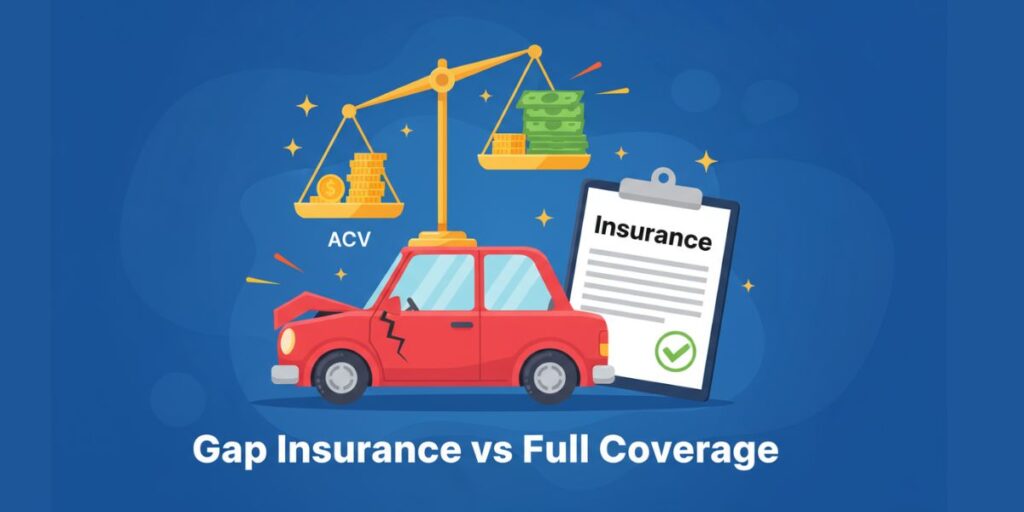Climate change is reshaping the U.S. property insurance market, with more frequent and destructive natural disasters making it harder — and more expensive — for Americans to insure their homes. Hurricanes, wildfires, and floods have left insurers struggling to cover growing losses, and many companies have either pulled out of high-risk states like Florida and California or raised premiums dramatically.
Climate Change and the Insurance Squeeze
According to SEO Amsterdam Economics, more than one-third of weather-related insured losses in the past two decades — totaling nearly $600 billion — can be tied directly to climate change. That financial toll is only climbing.
“The insurance crisis is the canary in the coal mine for the climate crisis. And the canary is dying,” said Dave Jones, former California insurance commissioner and now director of the Climate Risk Initiative at UC Berkeley. He warned that Americans can no longer ignore the reality of worsening storms, fires, and floods: “We’re having more extreme and severe weather-related events… and insurance companies [are] jacking up rates and writing less insurance.”
The Fossil Fuel Connection
Ironically, many of the same insurers warning about climate-driven losses are also investing billions in fossil fuel companies that scientists say are fueling global warming. Major insurers such as State Farm and Berkshire Hathaway continue to hold sizable portfolios in oil, gas, and coal producers.
- State Farm invested nearly $4.8 billion in fossil fuel companies between 2014 and 2024, increasing the share of these assets in its portfolio.
- Berkshire Hathaway insurers held nearly $40 billion in fossil fuel securities in 2023, more than a fifth of their total holdings.
While many smaller insurers have scaled back fossil fuel exposure, these investments by large players have pushed the industry’s overall fossil fuel share higher — even as climate change drives mounting insurance claims.
Consumers Bear the Burden
Industry defenders argue that insurers need strong investment returns to stay solvent and pay claims. But critics say this creates a vicious cycle: insurers profit from fossil fuels while climate change worsens disasters, and then homeowners are left footing the bill through higher premiums and reduced coverage.
“Consumers pay for insurance companies to exacerbate climate change in the form of rate hikes, nonrenewals, and low-balled claims,” said Carmen Balber, executive director of Consumer Watchdog.
The result is clear in states like California. In 2023, wildfires destroyed thousands of homes, and State Farm stopped writing new policies in the state. The company has since requested multiple rate hikes, citing wildfire risks and difficulties in “matching price to risk.”
Nationally, homeowners have faced sharp increases: a National Bureau of Economic Research study found that average premiums jumped more than 30% between 2020 and 2023. In some regions, insurers of last resort have ballooned in size as private companies pull back, leaving gaps in coverage.
A Call for Divestment
Consumer advocates argue that insurers must divest from fossil fuels and stop underwriting projects that fuel climate change. “Insurance companies investing in and underwriting fossil fuel projects is like firefighters handing out flamethrowers,” said Balber.
Jones agrees, warning that without a major shift, the U.S. risks becoming “uninsurable.” He points to a troubling future where families can’t secure mortgages because they can’t get insurance — a scenario Fed Chair Jerome Powell recently raised in congressional testimony.
What Comes Next
Experts expect more rate hikes and nonrenewals across the country, as catastrophe risks continue to climb. That could push more Americans into state-backed “fair plans” that may not be financially equipped to cover large-scale disasters.
“We are marching towards an uninsurable future in this country because we’re not doing enough fast enough around climate change,” Jones warned. “And that means families are going to increasingly find it difficult to afford to own a home.”
Disclaimer: The content published on Gap Insurance Guide is intended for general information and educational purposes only. We cover topics related to insurance, banking, finance, and trading, but none of the material should be considered financial, legal, or investment advice. While we aim to provide accurate and up-to-date information, we make no guarantees about completeness, reliability, or accuracy. Any actions you take based on our content are strictly at your own risk, and Gap Insurance Guide will not be liable for any losses or damages. We strongly recommend consulting a licensed financial advisor, insurance expert, or other qualified professional before making decisions. Articles may include links to third-party websites, and we are not responsible for their content or practices.
I’m Abhilash, a finance and business content writer passionate about simplifying money matters. I share practical insights on finance, business growth, and insurance to help readers make informed decisions. Through my blogs and articles, I aim to provide clear, reliable, and actionable advice for smarter financial planning and success.



